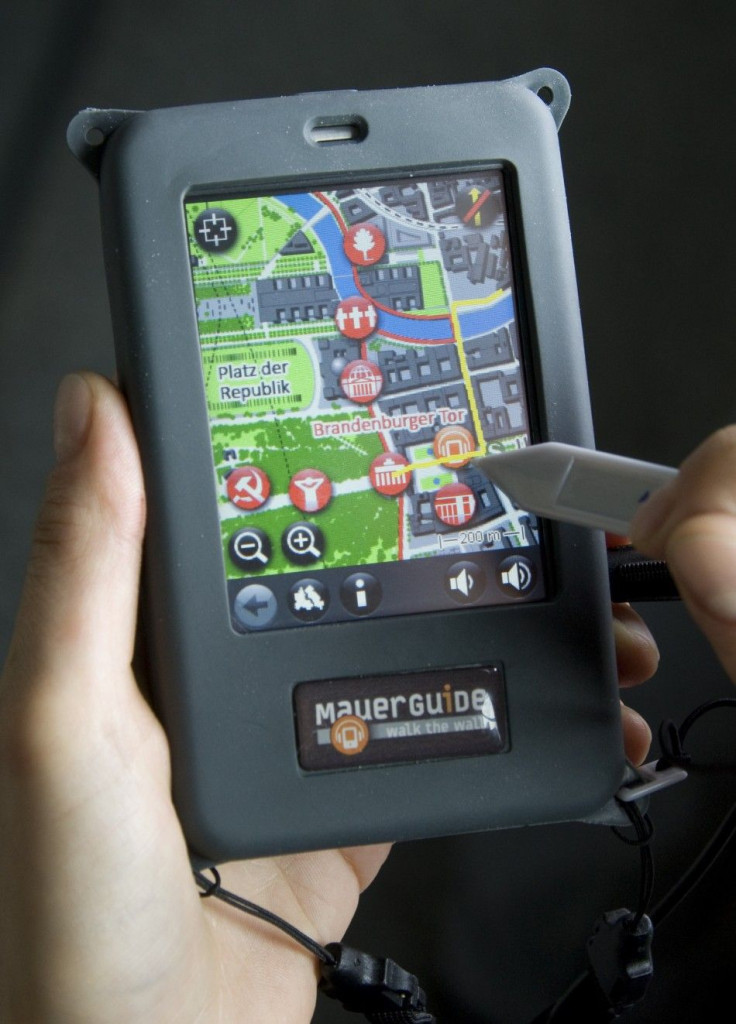Technology Could Back Up GPS, Defeat Jammers

As jamming and interference from solar flares makes GPS technology increasingly vulnerable, researchers are looking at possible ways to back up the system in case problems -- man-made or not -- occur.
Experts met at the Global Navigation Satellite Systems (GNSS) Interference, Detection and Monitoring Conference 2011 in London to discuss this issue, following a report from the Royal Academy of Engineering which laid out the risks of GPS disruption.
eLORAN (Enhanced Long Range Navigation) was among the most actively discussed solutions to GPS jamming. GPS jammers are small devices, readily available online, which trick a GPS receiver into thinking the satellite signal is not available. They do this by sending out the same frequency as the same satellite signal as the GPS. The Royal Academy of Engineering says GPS jamming could be used to significantly disrupt the economy. (Such devices are illegal in most jurisdictions).
eLORAN is considerably less vulnerable. eLORAN is a revamped LORAN terrestrial radio navigation system which was used extensively by the U.S. military in the 1950s. While it does not completely prevent jamming, its signals are at a lower frequency than GPS' and thus harder to interfere with. It's also robust against solar flare interference.
The frequency used for eLORAN signals is 100 kilohertz. By comparison, the signals for GPS are 1.5 gigahertz. Jamming GPS, you can do it with a small box and a small antenna because the wave length is so short. For eLORAN, you need 100 meters of wire for any usable signal. You can jam it, but you need enormous power and signal, which would make you visible, Bob Cockshott, organizer of the conference and location and timing program director for Digital Systems KTN.
eLORAN, which uses high-power, land-based transmitters operating on low frequencies, is as effective as GPS in many circumstances. The receivers used for eLORAN are larger than those for GPS, but it can provide location information that is accurate up to around 10 meters in distance. The system needs to have three satellites above the horizon in order to work. In Europe, Cockshott says there are already some eLORAN systems in place.
However, despite its effectiveness, he says it's definitely not a replacement. It's not as accurate as a GPS, it's a backup. No one is suggesting it could replace GPS. You need ground infrastructure for this to work, a tall antenna must exist and there is a cost associated with that, Cockshott said.
He also said the big problem with eLORAN is that modern steel frames -- like those found in most tall buildings -- can distort its signal. That makes it less reliable than GPS. Still, experts at the conference conducted several trial projects and believe it is a viable alternative in a pinch.
Along with eLORAN, Cockshott and other experts would like to see stiffer penalties against jammers. Right now, in the U.K. and Europe, he says it's not illegal to buy a jammer, though it is illegal to switch it on. But it's hard to prove anyone is using it, there should be tougher enforcement, Cockshott said.
He also said it would be wise for companies to avoid incentives for jamming. Many truck drivers in the logistics industry will use jammers to avoid paying tolls. If there is a good reason to do it, there will always be a small minority of people doing it, even if it's illegal, he added.
To contact the reporter responsible for this story call (646) 461 6920 or email g.perna@ibtimes.com.
© Copyright IBTimes 2025. All rights reserved.





















